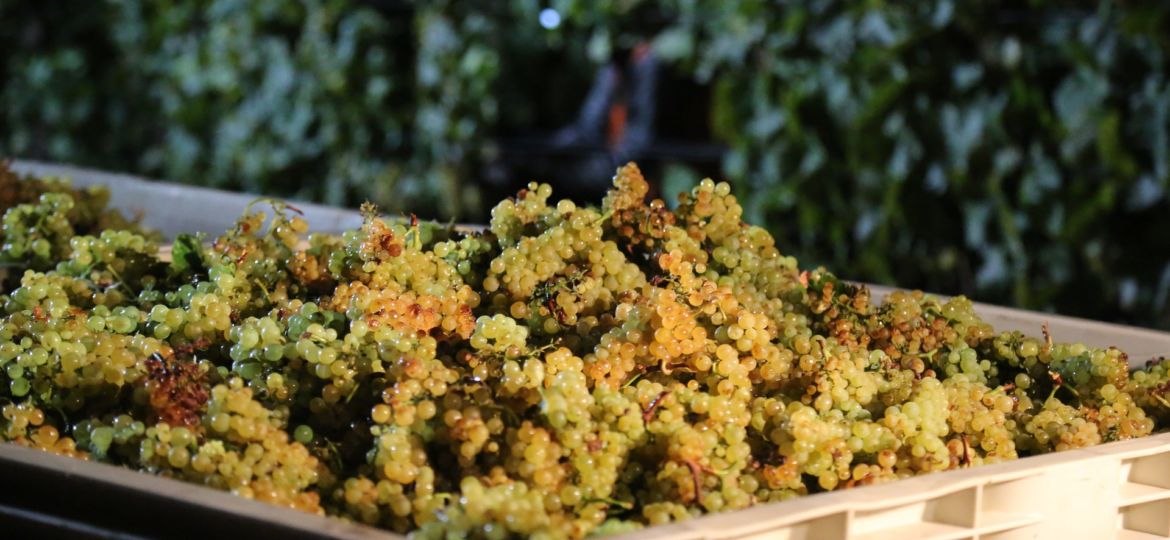
Chardonnay is everywhere
Originating in France, this prolific grape is a producer’s dream as it is very high yielding and even grows in colder climes (even Long Island, New York). With that in mind, Chardonnay can be risky because it tends to bud early in the spring. In colder climates, this puts it at risk of frost damage. Also, the grape has fragile skin which can help lead to rotting late in the season (sometimes this is a good thing, but we can talk about Noble Rot later). For this reason, a drier climate is desirable for Chardonnay. It is also typical to see Chardonnay planted alongside Pinot Noir, as they favor similar climates.
This grape is almost a blank canvas for the winemaker and the wine is heavily impacted by the winemaker’s style.

There are excellent examples of Chardonnay found across the globe. In its native homeland, Chardonnay is the star of the iconic “White Burgundy” and is prevalent throughout Chablis, Montrachet, Mersault, and the Mâconnais. Since we are talking about France, you will see the place names on the label and not Chardonnay. From acidic and tart fruit to butter and cream, each of these regions take on different characteristics, and it is hard to believe they are all from the same grape.
In the New World, the styles are just as diverse and are found throughout California (Napa, Carneros, Sonoma, Santa Barbara, and elsewhere). You can also find it growing in Argentina, Chile, Australia, and New Zealand.




